Personalisation Defined: What is Personalisation?
Find out what personalisation really means, and see examples of personalisation in action.
When a friend gives you a personalised gift for your birthday, a holiday, or a special occasion, it shows that they really know you and care about you. A more generic gift that doesn’t align with your interests may lead you to believe that your friend doesn’t know you as well as you’d hoped.
The same can be said for companies when it comes to delivering personalised marketing. The term “personalisation” is used all the time in the world of marketing, but its true meaning can sometimes get lost. In this blog post, we’ll look at what personalisation really means, and some examples of personalisation in action.
What is personalisation?
According to Gartner, personalisation is “a process that creates a relevant, individualised interaction between two parties designed to enhance the experience of the recipient.”
More simply put, one might say:
Personalisation is the act of tailoring an experience or communication based on information a company has learned about an individual.
Just like you may tailor a gift for a good friend, companies can tailor experiences or communications based on information they learn about their prospects and customers.
Tailoring experiences with personalisation
Acting on information
Personalisation examples
There is a seemingly endless number of ways you could use this information to affect experiences in the channels mentioned.
For example, a B2B tech site that modifies its website homepage experience to speak differently to specific companies is using personalisation as part of its ABM strategy.
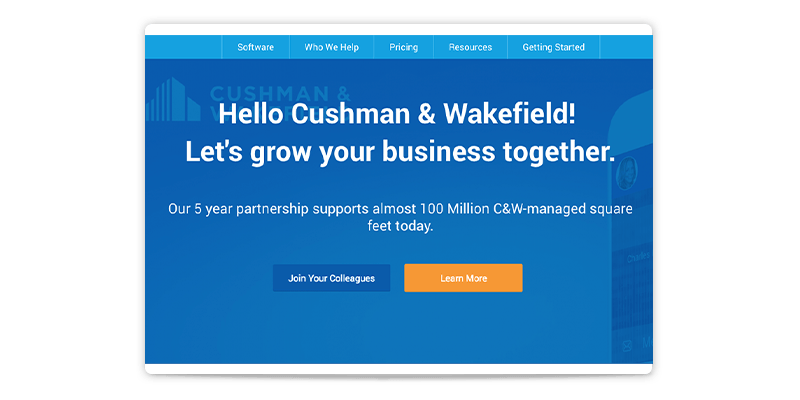
Information used: Company name

Information used: Past browsing history and time spent by category
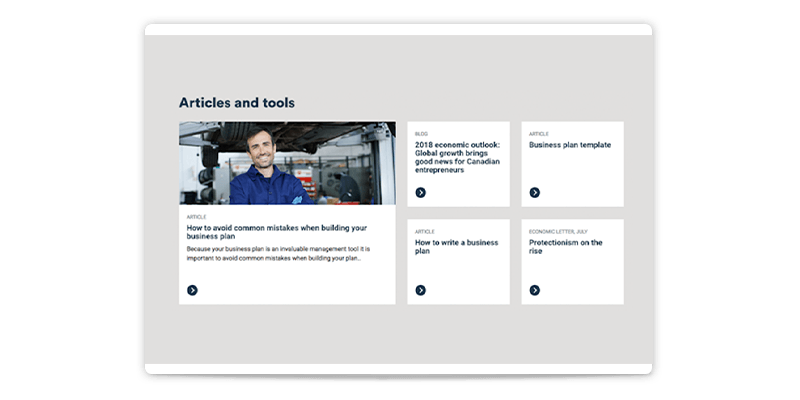
Information used: Interests and preferences inferred from visitor’s site engagement
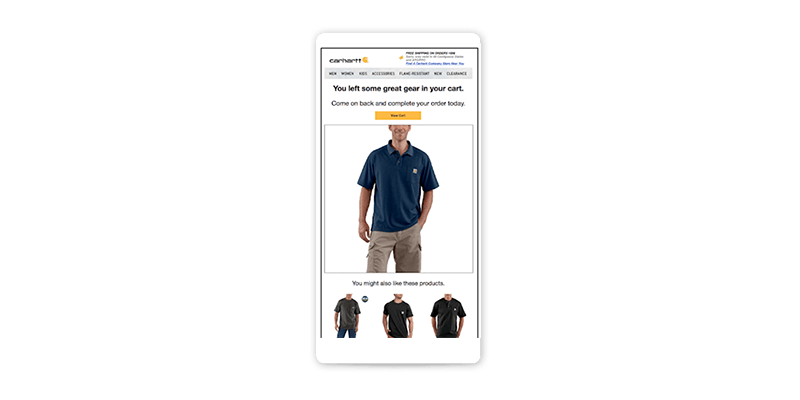
Information used: Item abandoned in cart and preferences inferred from visitor’s site engagement
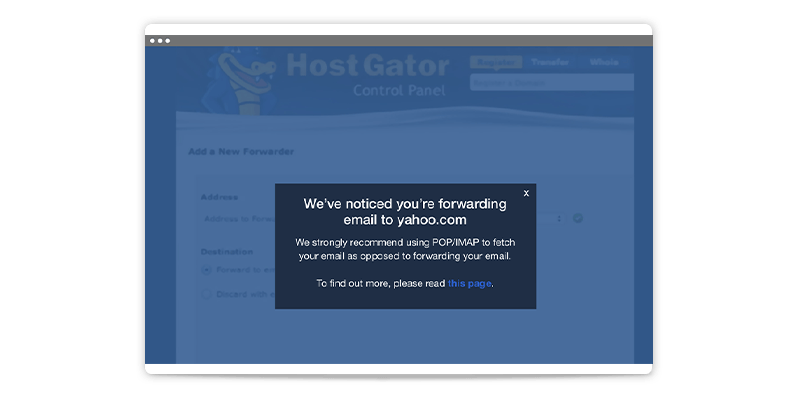
Information used: User’s actions
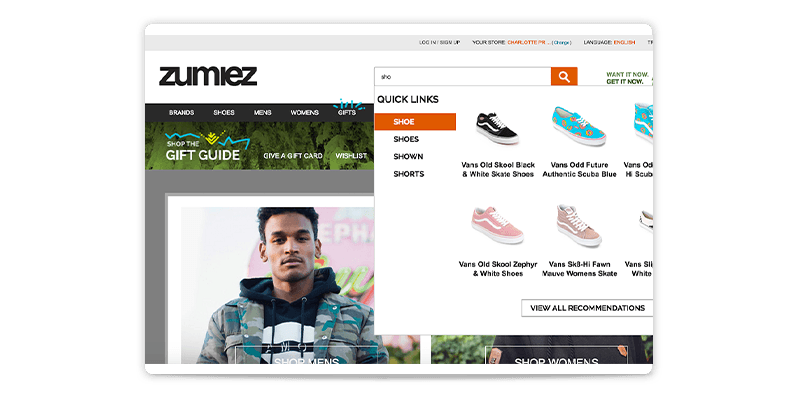
Information used: Preferences inferred from visitor’s engagement with products and those products’ characteristics
Personalisation vs. customisation
This definition of personalisation may sound similar to another concept: customisation. But there is a clear difference. With personalisation, a company modifies an experience without any effort from the customer. Customisation, on the other hand, allows the customer to intentionally modify the experience themselves.
For example, when you adjust your Gmail settings to indicate the number of messages you want to see per page and add a signature, you are customising your email experience. But when Gmail displays advertisements to you based on your interests, it’s personalising your experience for you. In the first example, you’re intentionally changing the experience. In the second, you’re receiving more relevant ads without taking any direct action yourself.
Let’s explore another example we’re all familiar with: online shopping. Many e-commerce sites allow you to filter the products shown on a page to help you more easily locate the ones that meet your specific criteria.

That’s customisation. You are intentionally customising the products you see on that page to help you find what you’re looking for more quickly.
But a site could deliver a similar result — helping you find the product that best meets your needs — without requiring you to take any action yourself. Instead, the site could sort the products on the page and list those at the top that meet the preferences you’ve demonstrated by your behaviour. For example, if you regularly shop and purchase home decor in black and brushed nickel, it might display those items toward the top of the list. This way, you can find those products more quickly without needing to scroll through pages of irrelevant gold or white decor first.
In another example of customisation vs. personalisation, let’s consider email frequency. Often when you sign up to join a company’s email list (or when you attempt to unsubscribe), companies offer you the option to modify your preferences to dictate how often you’d like to receive emails (daily, weekly, etc.).

This is another example of customisation; you’re telling the company how often you’d like to hear from them.
But you could reach the same end result (more or fewer emails) with personalisation, too. In that case, the company would pay attention to how often you tend to engage with their email communications and adjust the frequency of email sends accordingly. Recipients who tend to open and interact with more emails will receive emails more frequently, while those who only interact occasionally will receive emails less frequently. That’s personalisation.
With both personalisation and customisation, the end result is a more relevant experience for the customer. The difference is whether the customer does the work or not.
Personalisation expectations
There are many reasons why an organisation may choose to personalise. It can increase engagement, drive conversions, foster loyalty, and improve a number of other KPIs. But at the broadest level, personalisation is important because in today’s world, people have come to expect personalisation.
For instance, many people use a music streaming service like Spotify every day. Users have come to rely on the personalised playlists that Spotify curates for them based on a careful observation of what they’ve listened to before.
The same can be said for watching TV shows and movies through Netflix. With all the content that’s out there competing for viewers’ attention, platforms sift through it all to make recommendations for each subscriber, saving them time and improving satisfaction with the services.
Even if you don’t use Spotify and Netflix regularly, you can probably still appreciate that personalisation is essential to a modern customer experience. Generic experiences fall flat when compared to experiences like those.
Salesforce’s third edition of the State of the Connected Consumer report found that 64% of customers expect tailored engagement based on past interactions, but 52% of customers say companies are generally impersonal. It also found that 71% of customers expect companies to communicate with them in real time.
And marketers have recognised that their customers demand personalisation. Data shows the vast majority of marketers believe that personalisation helps advance customer relationships, while 92% believe that their prospects or customers expect a personalised experience.
In other words, personalisation is important to both customers and marketers today. At Salesforce, we believe that it will only become more important in the future — so it’s something to invest in today.
Final thoughts on personalisation
Whether personalisation is obvious, as in the case of Spotify and Netflix, or more subtle — as in some of the examples provided above — it provides a better experience for the customer. It surfaces important information and makes them feel valued.
Salesforce Marketing Cloud Personalisation's real-time interaction management solution can help you provide more individualised customer experiences. Request a demo today to learn more.

Product
Marketing Cloud Personalisation

Report
The Gartner Magic Quadrant for Personalisation Engines, 2020

Blog
Creating Personalised Content in Marketing Cloud — The Nuts and Bolts

Product
Marketing Cloud Personalisation

Report
The Gartner Magic Quadrant for Personalisation Engines, 2020

Blog
Creating Personalised Content in Marketing Cloud — The Nuts and Bolts